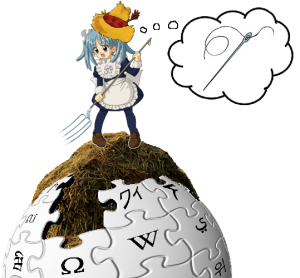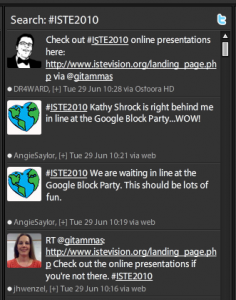![By Library of the London School of Economics and Political Science [see page for license], via Wikimedia Commons](https://ccoffa.edublogs.org/files/2013/06/Student_using_the_card_catalogue_in_the_library_1981-1b2inf0-237x300.jpg)
I wonder “Where is that post about ….?” and I find myself plodding through all the titles (the proverbial needle in a haystack). If only I had used the tools available. Categories and Tags serve the same purpose as Subject headings in the library catalogue – they allow us to filter and sort according to any criteria we set.
Categories are like chapters of a book; they provide a general overview of the topics you blog about. Whereas tags are more like the index at the back of the book and explode the topic into a million bits.
When your readers click on a categories or tag link on a post or in your sidebar it loads a page with all posts that use that tag or category.
http://help.edublogs.org/2013/02/26/categories-vs-tags/#Categories_and_tags_on_posts

The ability to curate information is vital and we need to model, as well as teach, simple ways to make our online use of information more practical to our needs – more available at the point of need. The Categories and Tags we chose will vary and adapt over time but they will provide us with a strong foundation for the future.
Tags and Categories: How Many Should I Use in a Blog and Why? from ‘We blog Better’ explains it better than I could and from a different perspective.
At a Teachmeet Melbourne event Tom Barrett of NoTosh presented an idea from his work at Rosendale Primary School “Tagging the learning” This brings another element to the use of tags:
Tagging the learning notes not only helps organise and archive them properly, making them more searchable in the future, the NoTosh and Rosendale team have been exploring this process as assessment as learning. The decisions around how children should tag their learning is an exciting and challenging discussion
http://www.dougwoods.co.uk/curation/tagging-the-learning-journey-at-rosendale-primary-school/
Tools such as Evernote, Diigo and Twitter are enhanced when we adapt and use them to our own advantage. How do you use tags, categories or whatever you do to sort and classify your online library?
